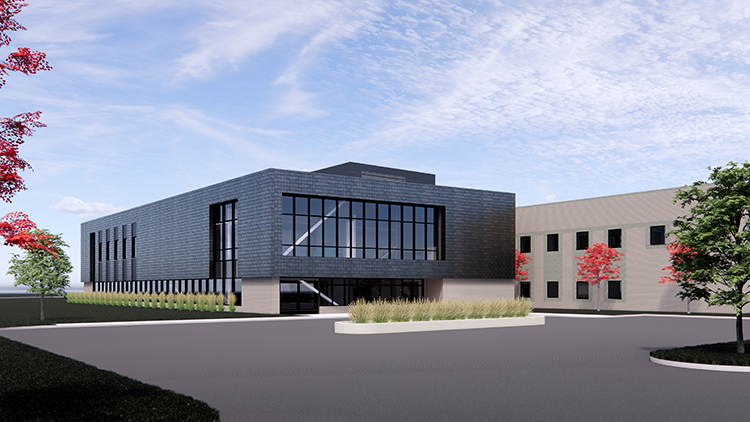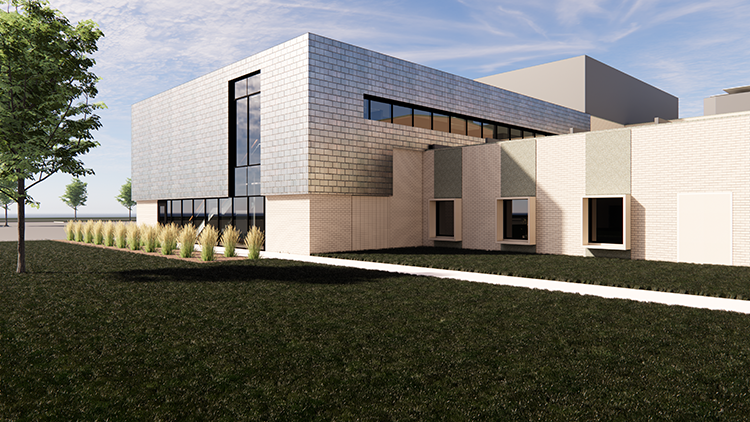From the federal to the local level, taxes are a very real part of our world. Typically, taxes support infrastructure like roadways, bridges, or law enforcement assistance; or social expenses like public education, Medicaid support and others.
Iowa Code Chapter 347A allows for county or municipal hospitals to levy taxes to help cover unreimbursed expenses. As a county-owned not-for-profit health care facility, Winneshiek Medical Center is legally able to set a tax levy and collect property taxes from the citizens of Winneshiek County. Each March, the elected Winneshiek Medical Center Board of Trustees decides on a rate, or levy, of property tax dollars to go to the hospital. For the Fiscal Year 2024 budget (July 1, 2023-June 30, 2024), Winneshiek Medical Center leadership will propose a budget to the Board of Trustees that includes a tax levy of 1.08 per $1000 assessed valuation. This is an increase from 0.77235 per $1000 assessed valuation from last fiscal year. The proposed budget will be discussed at the March 1, 2023 board meeting at the medical center.
Why is WMC considering a tax levy increase?
Most health care revenue comes from dollars reimbursed to the organization from insurance companies, including Medicare and Medicaid. Organizations like WMC are unable to negotiate a reimbursement rate with most companies and accept the rate they provide. For some services, the reimbursement rate is below the facility’s cost, especially for critical EMS services WMC provides Winneshiek County. Steve Slessor, chief administrative officer, Winneshiek Medical Center says, “In an emergency situation, skilled, experienced paramedics arrive in a fully equipped ambulance to provide life-saving care. However, the expense of purchasing, equipping and maintaining three ambulances, plus wages and benefits for 24/7 EMS staff, are only partially covered by the payments we receive for their services.” In fiscal year 2022, WMC experienced a deficit of $682,000 in the EMS/Ambulance service line. Slessor says, “We are proud to provide this service with our exceptional staff, and it does come at an expense to the organization.”
Slessor further explains, “The business of health care is a bit different than other industries. For example, a restaurant can increase their menu prices when food and labor costs go up. In health care, most insurance companies only pay the set reimbursement rate, regardless of what we charge. Expenses, including salaries, equipment and supplies and other infrastructure costs are increasing at a faster rate than they have in decades.”
The revenue generated from the proposed tax levy increase will bring in an anticipated additional $437,000 (estimated) to the medical center. Slessor says these dollars will help cover increasing labor costs. “It is vital for WMC to maintain a strong workforce, and as everyone knows, salary expenses are increasing across all markets and industries. The additional tax dollars will cover far less than half of the expected salary adjustments we must make to retain and recruit skilled health care workers as we grow in services and specialties for our region.”
What will the increase mean for families?
At the proposed rate of 1.08 per $1000 assessed valuation, a resident within Decorah city limits with a $200,000 assessed land/building/dwelling would see an increase in annual taxes of $77. A resident living in rural Winneshiek County would see an annual increase of $56. The new rate will move Winneshiek Medical Center from the sixth lowest tax levy to the eleventh lowest out of the 43 county-owned hospitals in Iowa.*
Slessor says, “WMC has a deep respect for the communities we serve, and the Board thoughtfully considers the tax levy rate each year. We do not assess taxes we do not need and every dollar that comes into the medical center, including tax dollars, is reinvested in the medical care that we provide to Winneshiek County citizens and the broader region.” He adds, “If the Board of Trustees approves the FY 24 budget to include a tax levy increase, we will use those dollars to continue to ensure the needs of our patients come first.”
*Iowa Department of Management – County Hospital Property Tax Rates FY2023https://dom.iowa.gov/document/county-hospital-property-tax-rates-fy2023




